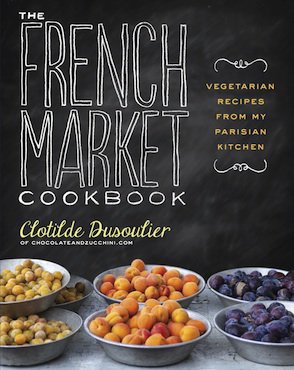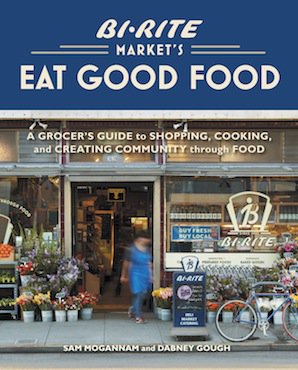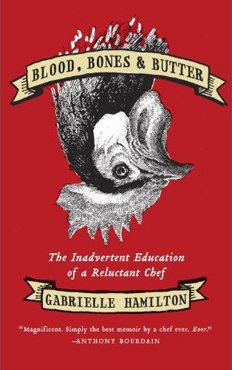
We have just wrapped up the final photo shoot for my new book about vegetables and French cuisine, and as someone who loves to know how things work behind the scenes, I thought I would tell you a bit about what the process has been like.
For my first two books, I shot all the pictures myself, but I felt that being a one-woman-band was not the most relaxed experience of all, so for this new project I wanted to work with a team of pros to produce the photos.
This meant finding a photographer and a stylist for the photos of the finished dishes, and I was hoping to work with Françoise Nicol and Virginie Michelin, because I loved what they had done for Alain Ducasse’s Nature book. They were up for it, and my editor approved the choice after looking at their portfolios, so we were in business.
Because produce and seasonality are central to my book, it was important to me that we shoot each chapter in season. Had we shot everything at once, as is often done for practical reasons, we would have had to work with out-of-season fruits and vegetables, and it would have bothered me (a lot) to practice the opposite of what I was advocating. A secondary bonus was a lower food budget, since seasonal produce is generally cheaper.
The one hiccup in this carefully laid plan was that the stylist injured her hand a week before the fall shoot, so we decided to postpone it until she had fully recovered, and shoot fall and winter back-to-back. This was doable without compromise because, in truth, fall market stalls are not that different from winter ones, and it turned out to have a silver lining: instead of enduring the dark of December, we were able to benefit from the longer, brighter days of late February.








